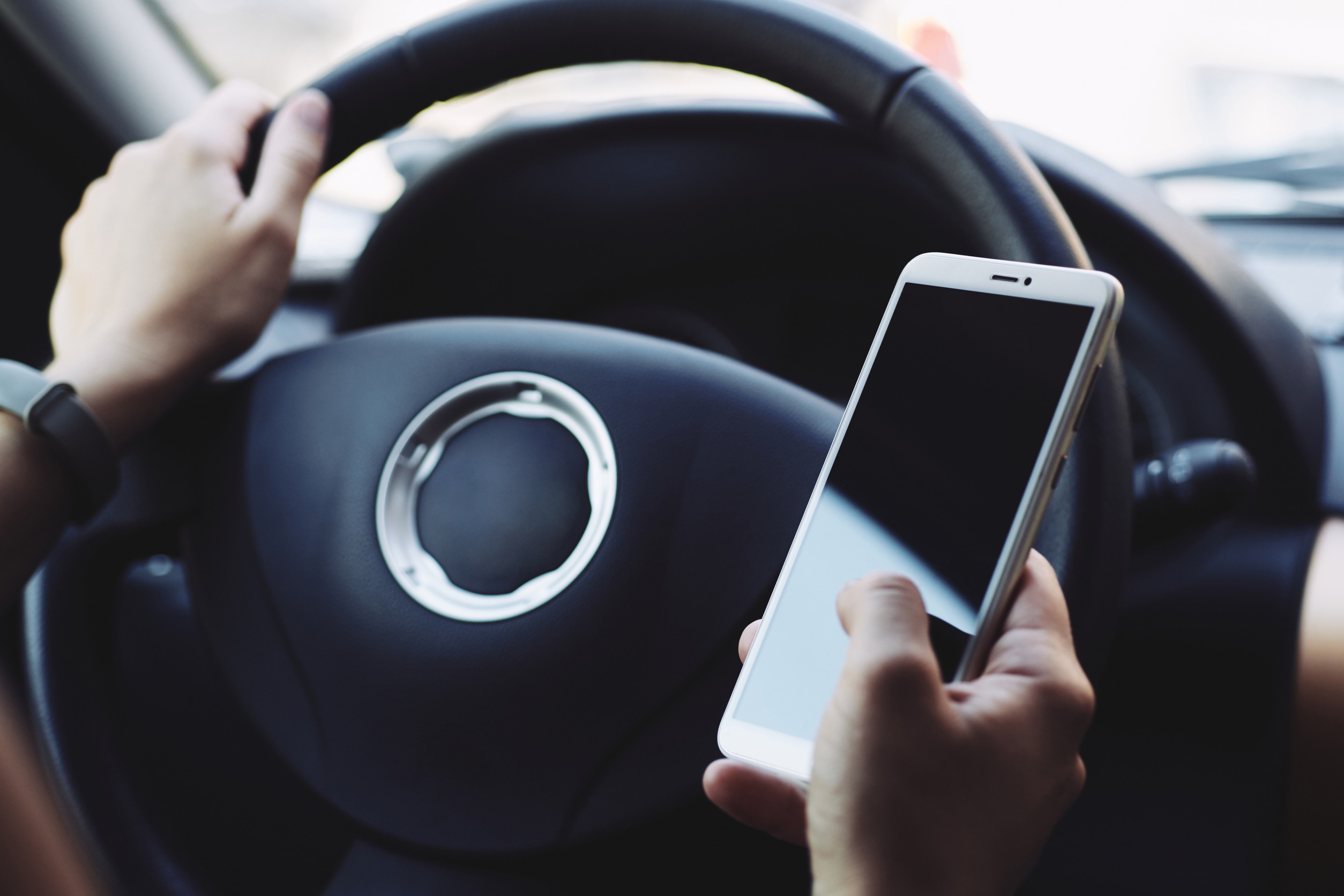In a world tethered to technology, the smartphone has become a near-constant companion. It navigates, entertains, connects, and reminds, often doing so simultaneously. But for all its benefits, there are times when a phone can turn from helpful to hazardous.
In some environments, even a momentary distraction or signal interference can lead to irreversible consequences. Knowing when to power down isn’t just about etiquette anymore—it’s a matter of safety.
1. Inside an Airplane During Takeoff and Landing
During takeoff and landing, aircraft systems are at their most sensitive, and that includes potential interference from electronic devices. Flight mode reduces this risk, but powering the phone off entirely eliminates any chance of disruption. Pilots rely on uncorrupted signals for communication and navigation, and even slight interference can pose challenges. Despite technological advances, aviation authorities worldwide continue to urge passengers to turn off devices at critical flight phases. It’s not just protocol; it’s a protective measure rooted in safety assessments.
2. While Driving Any Motor Vehicle
A phone in the driver’s hand—or even within reach—is a proven hazard on the road. Texting, calls, or even glancing at a notification can slow reaction times and steal attention from critical surroundings. Hands-free setups help, but the safest option remains powering off or putting the phone completely out of reach. Accidents tied to distracted driving claim thousands of lives every year, many stemming from a single glance at a screen. When behind the wheel, focus should be singular and undivided.
3. At a Gas Station
Gasoline fumes are flammable, and any electronic device, including a phone, carries a small but real risk of igniting vapors. Static electricity, battery faults, or overheating can act as unexpected triggers in an environment dense with fuel. Many gas stations post clear warnings asking patrons to refrain from using phones during fueling. While the odds may seem low, the stakes are dangerously high. Turning off the device while pumping gas is a simple way to eliminate a preventable risk.
4. In a hospital or Medical Facility
Hospitals are packed with sensitive medical equipment that can be affected by electromagnetic interference from smartphones. MRI machines, infusion pumps, and monitoring systems operate with precision, and even minor disruptions could skew readings or interrupt functions. Moreover, patient privacy laws and noise considerations make unnecessary phone use inappropriate in care areas. Medical professionals often advise visitors and patients to power down or leave devices outside treatment rooms. Prioritizing patient safety means respecting these guidelines without exception.
5. During a Thunderstorm Outdoors
Phones with metal components can attract lightning, especially when used outdoors in open areas. Holding or using a device during a storm increases the chances of a lightning strike targeting the user. Additionally, phones can conduct electricity if lightning hits nearby, putting users at risk even if not directly struck. Emergency services frequently warn against phone use during severe weather for this reason. When thunder rolls in, the safest call is to shut down and seek shelter.
You Don’t Always Need Your Phone On
Technology empowers, but it also demands responsibility. Knowing when to turn off a phone is part of using it wisely and with awareness. Safety should never be compromised for convenience or habit. The risks in each of these scenarios are real, documented, and preventable.
What other places would you add to the list? Share your thoughts in the comments—your insight could make someone else safer.
Read More
Think Your Phone Is Safe? These Warning Signs Say Otherwise
10 Reasons Your Phone Battery Keeps Dying and How to Stop It


